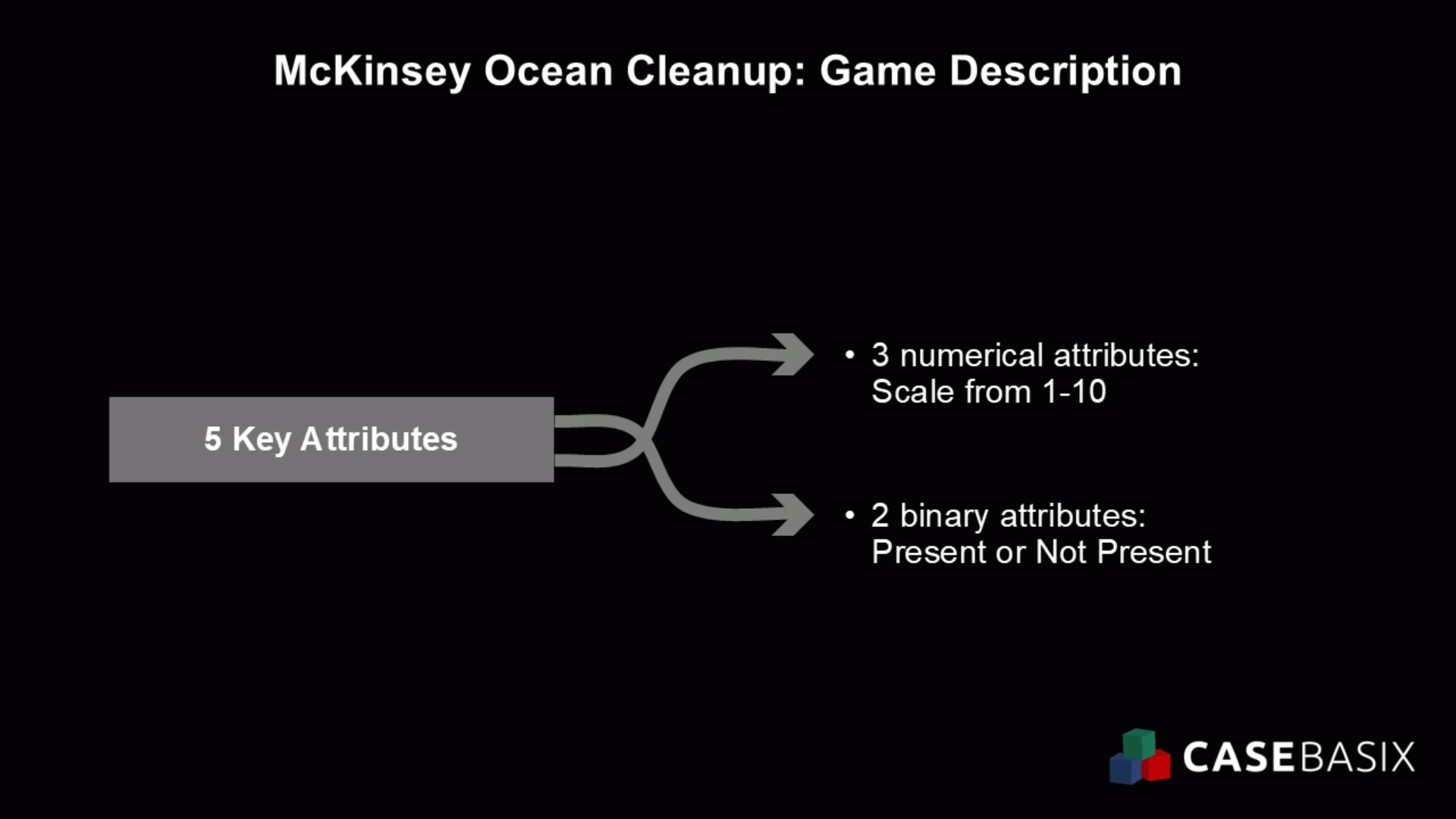The McKinsey Digital Assessment, also known as the Solve Game, is a crucial step in McKinsey’s recruitment process. Among its interactive mini-games, the Red Rock Study stands out for its focus on data analysis, logical reasoning, and decision-making. For candidates aiming to succeed, mastering this mini-game is essential.
In this article, we’ll break down the structure of the Red Rock Study, the skills it tests, and actionable strategies to help you perform at your best.
What Is the Red Rock Study?
The Red Rock Study is one of the core mini-games in the McKinsey Digital Assessment, designed to evaluate a candidate’s ability to analyze data and solve complex problems. It is divided into two main parts:
- Part 1: Investigation – Candidates are presented with a dataset, study objectives, and supporting exhibits. The goal is to gather and organize relevant information in a research journal.
- Part 2: Cases – Based on the data from Part 1, candidates answer six short cases featuring numerical and reasoning-based questions. These cases test the candidate’s ability to draw insights and make logical decisions quickly.
The entire game lasts about 35 minutes, so time management and focus are critical for success.
Skills Tested in the Red Rock Study
1. Data Analysis
The ability to analyze and interpret large datasets is the foundation of the Red Rock Study. Candidates must identify relevant information from charts, graphs, and text exhibits while filtering out unnecessary details.
2. Logical Reasoning
Logical reasoning is key in Part 2, where candidates answer multiple-choice or numerical questions. This skill involves connecting data points, identifying trends, and solving quantitative problems.
3. Decision-Making
Candidates are evaluated on their ability to make sound decisions based on the available information. Quick yet accurate decision-making is essential, especially under the game’s tight time constraints.
How to Approach the Red Rock Study
Step 1: Investigation Phase
The first part of the game involves gathering key data into a research journal. Follow these tips to maximize efficiency:
- Focus on the Objective: Begin by understanding the study’s main goal and the type of data required.
- Use the Research Journal: Drag relevant data points into the journal. Organize the information by labeling it clearly for easy reference during the analysis phase.
- Prioritize Key Data: Avoid getting bogged down by irrelevant details. Focus on the numbers, trends, and instructions that directly support the objective.
Step 2: Cases Phase
The second part tests how well you use the collected data to answer six short cases. Each case is independent but revolves around the same theme. Here’s how to tackle it:
- Allocate Time Wisely: Spend more time on numerical questions that require calculations, but don’t overanalyze. Aim to balance accuracy with speed.
- Read Carefully: Misinterpreting the question is a common mistake. Take a moment to understand what is being asked before diving into the solution.
- Use the Calculator: The on-screen calculator is a helpful tool for solving quantitative questions. Practice using similar tools during preparation to save time.
Common Challenges and How to Overcome Them
1. Time Pressure
With only 35 minutes to complete the entire Red Rock Study, time management is one of the biggest challenges. To overcome this:
- Practice under timed conditions to build familiarity with the format.
- Focus on the most relevant data during the Investigation phase to save time for analysis.
2. Information Overload
The volume of data provided can feel overwhelming. To stay organized:
- Highlight key data points and ignore distractions.
- Use labels in your research journal to simplify retrieval during the analysis phase.
3. Numerical Complexity
Some questions require quick calculations, which can be intimidating. To prepare:
- Practice solving percentage, ratio, and basic arithmetic problems under timed conditions.
Preparation Tips for the Red Rock Study
- Familiarize Yourself with the Format
Understanding the structure of the Red Rock Study is half the battle. Use resources like guides and practice simulations to get comfortable with the game’s mechanics.
- Sharpen Your Analytical Skills
Work on puzzles, case studies, and data analysis exercises to improve your ability to process large datasets and draw insights.
- Simulate the Experience
Platforms like CaseBasix offer free practice simulations of the McKinsey Solve Game. These simulations replicate the assessment environment, helping you build confidence and refine your strategy.
- Review Your Performance
After each practice session, evaluate your strengths and areas for improvement. Focus on addressing weaknesses to ensure a well-rounded performance.
Final Thoughts
The Red Rock Study is a key component of the McKinsey Digital Assessment and an opportunity for candidates to showcase their analytical and decision-making skills. While the game’s format may seem daunting at first, with the right preparation and strategy, you can approach it with confidence.
Success in the Red Rock Study requires more than just knowledge—it demands a combination of critical thinking, time management, and adaptability. By practicing strategically and using resources like practice simulations, you’ll be well-prepared to tackle this challenge and move one step closer to your consulting career at McKinsey.
